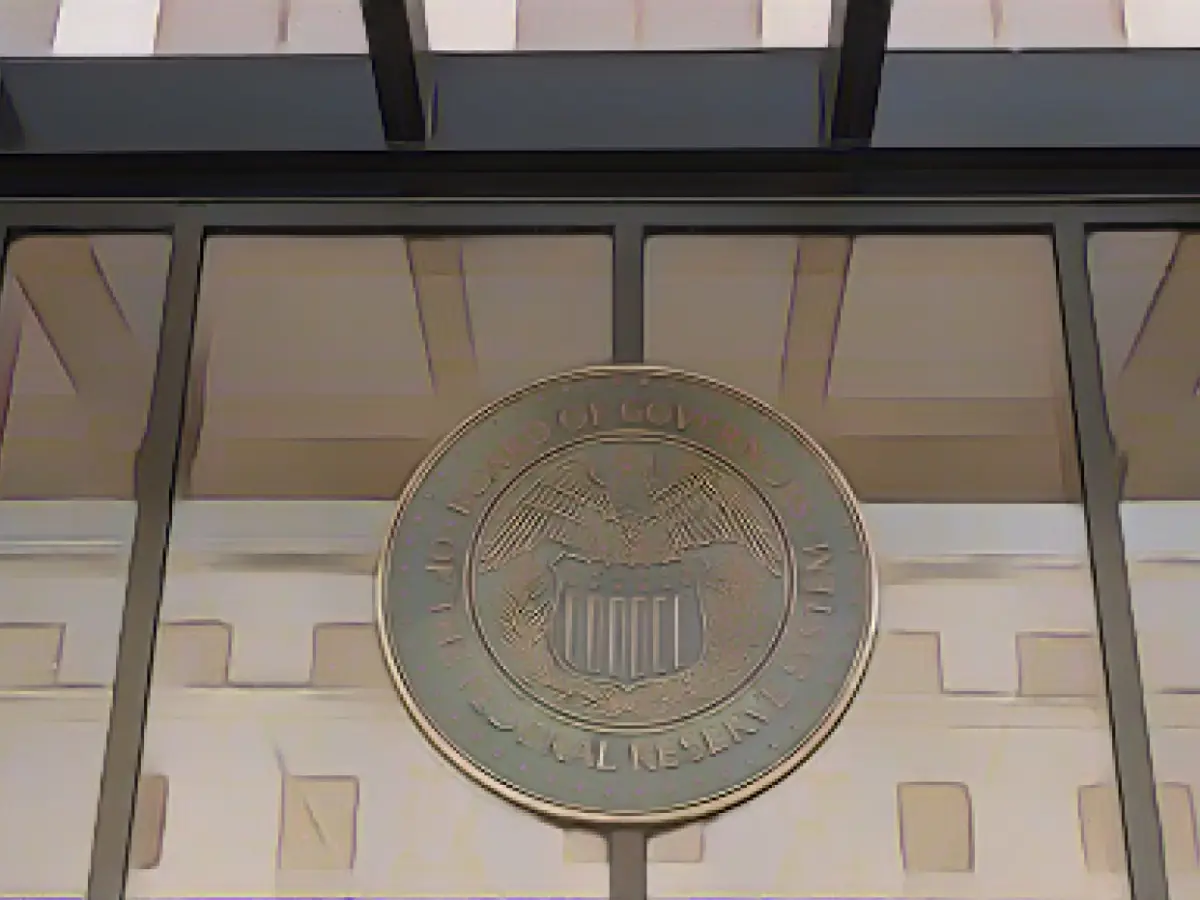The misconception that the Federal Reserve directly controls interest rates is widespread yet inaccurate. While the media often reports Fed officials voting for rate increases, decreases, or holds, the actual control lies in their setting of a target range for the Federal Funds Rate.
This target range, determined during the Federal Open Market Committee (FOMC) meetings, serves as a fundamental guideline for how the Fed's vast wealth of assets is utilized to impact various interest rates across the economy. From home loans to business credits, adjustments to this target impact the overall cost of credit.
To accomplish its objectives, the Fed uses multiple strategies. Chief among these techniques are open market operations, interest on reserve balances, the discount rate, forward guidance, and reserve requirements.
- Open market operations: The Fed achieves balance in the money supply by buying and selling U.S. Treasury bonds. When the Federal Reserve acquires bonds, it injects funds into the banking system, lowering borrowing costs and lowering interest rates. Conversely, selling Treasury bonds drains funds from the system, boosting borrowing expenses and raising interest rates.
- Interest on reserve balances: The Fed pays interest on surplus reserves stored by commercial banks. By controlling the interest rate paid on reserves, the Federal Reserve influences the rate at which banks lend overexcess reserves to each other. Higher interest on reserves discourages institutions from lending their surplus funds, infusing upward pressure on the federal funds rate. Conversely, lower interest incentivizes lending, pushing down the federal funds rate.
- Discount rate: The discount rate is the interest rate the Federal Reserve charges commercial banks for short-term loans. Tweaking this rate enables the Fed to modify the overall lending expense in the economy. A higher discount rate makes borrowing more costly for banks, resulting in these expenses being passed onto consumers and businesses, heightening interest rates. Conversely, a lower discount rate makes borrowing cheaper, resulting in lower interest rates.
- Forward guidance: The Federal Reserve communicates expectations for future economic conditions and monetary policy decisions. By disseminating this forecast, it influences market expectations and behaviors, which indirectly affect interest rates. If the Fed projects low rates for the future, it weakens current interest rates by decreasing uncertainty and incentivizing borrowing.
- Reserve requirements: Although not frequently employed, the Federal Reserve can change the minimum reserve ratio that commercial banks are obligated to maintain. By enlarging reserve requirements, the Fed reduces the quantity of money available for lending, exerting upwards pressure on interest rates. Reducing reserve requirements augments the money supply and diminishes interest rates.
By employing these strategies, the Federal Reserve manages to influence interest rates without having direct control over them, thus guiding the economy towards its two primary objectives: maximum employment and price stability.








